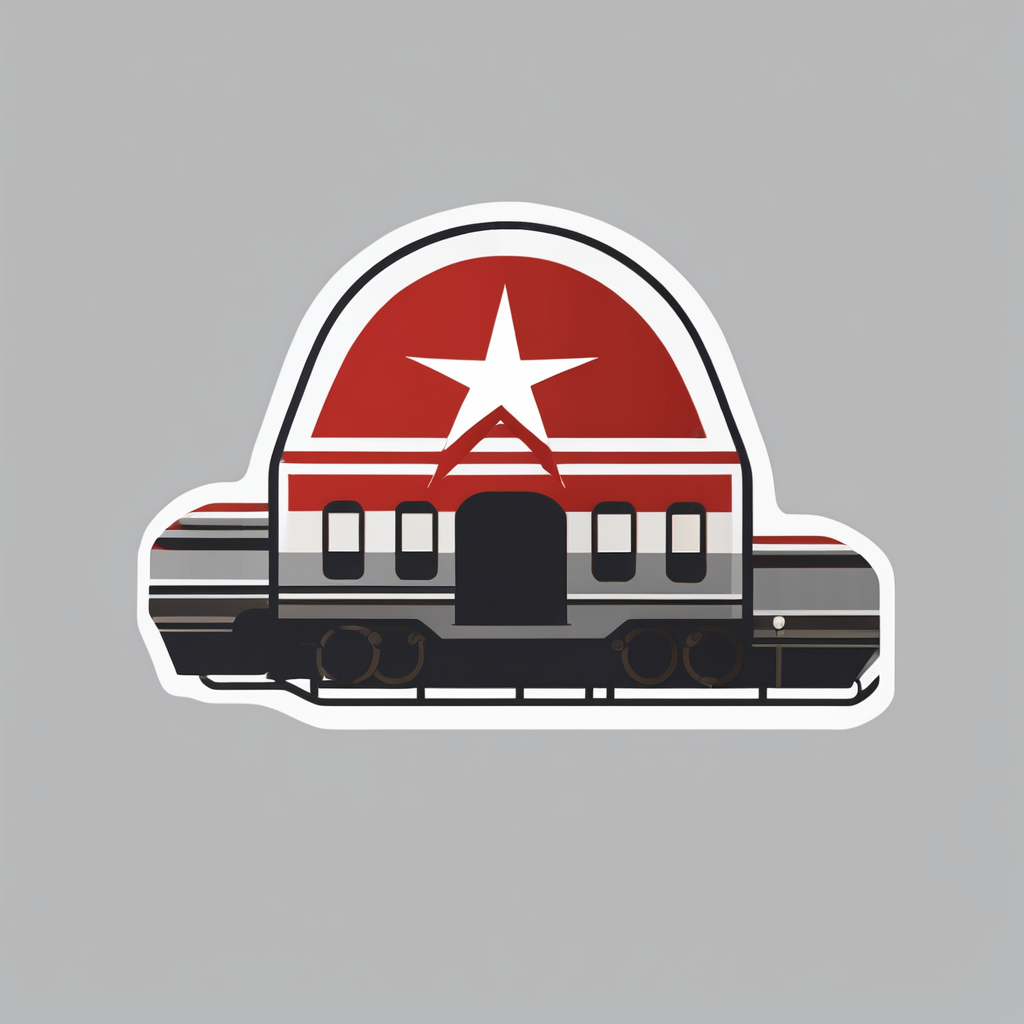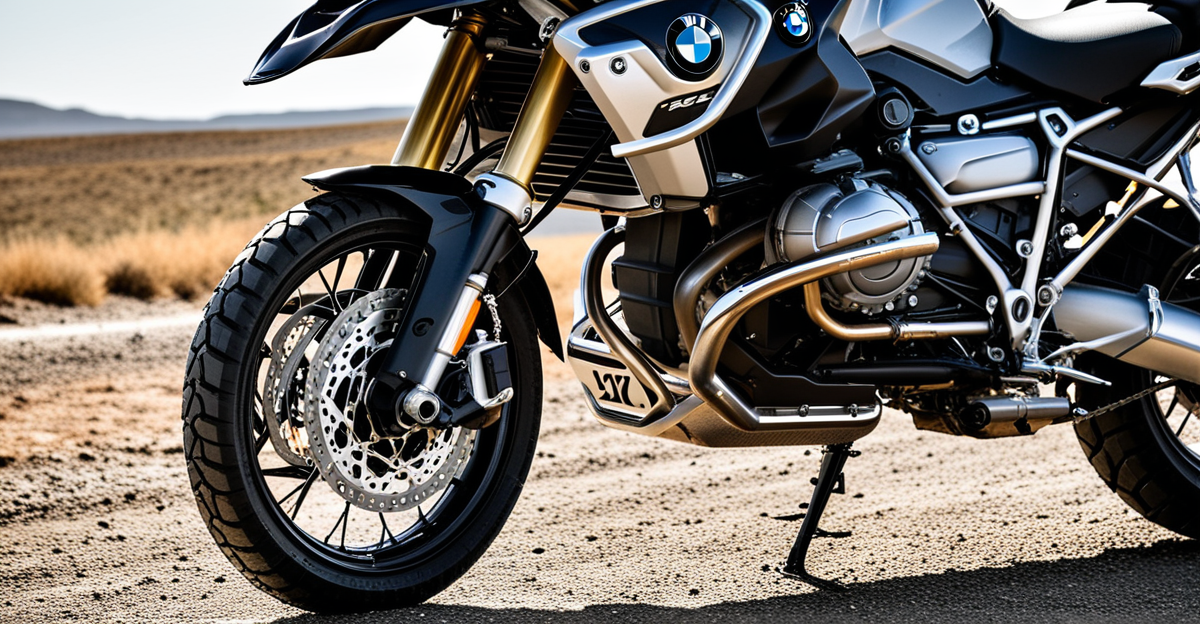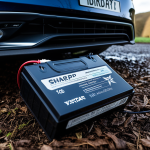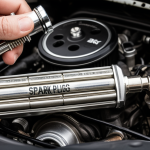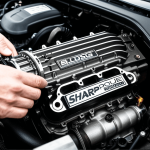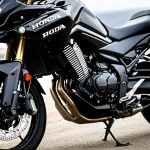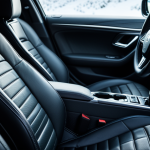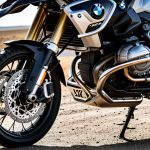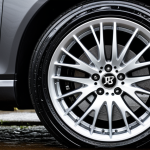Essential Preparation for Crash Bar Installation
Before installing crash bars on your BMW R1250GS, ensuring compatibility is crucial. Not all crash bars fit every model variant due to frame differences and accessory mounts. Verify that the crash bar is specifically designed for the BMW R1250GS to avoid fitment issues later.
Gather the required tools for crash bar installation, which typically include Allen wrenches, torque wrenches, sockets, and screwdrivers. Having these ready will streamline the process and reduce interruptions. The installation may also require thread locker and cleaning materials for optimal assembly.
En parallèle : Ultimate GPS Tracker Installation Guide: Enhance Theft Protection for Your Suzuki V-Strom 1000
Develop a pre-installation checklist focusing on safety and workspace organisation. Clear your workspace, secure the motorcycle to prevent tipping, and prepare any OEM parts that may need temporary removal. Double-check all parts against the checklist to ensure nothing is missing. Adequate lighting and a flat surface improve visibility and precision, reducing risks during installation.
By addressing these compatibility factors, arranging necessary tools, and organising your workspace, you set a strong foundation for a smooth and safe BMW R1250GS crash bar installation experience.
En parallèle : Transform Your Honda CB500X: The Ultimate DIY Guide to Installing a Top Case for Enhanced Storage Solutions
Essential Preparation for Crash Bar Installation
Before installing crash bars on your BMW R1250GS, verifying crash bar compatibility with your specific model year and variant is crucial. Not all crash bars fit every R1250GS version due to subtle differences in frame or accessory mounts. Confirming compatibility prevents fitment issues and ensures maximum protection.
Gathering the required tools for crash bar installation streamlines the process. Essential tools typically include a torque wrench, hex keys, screwdrivers, and possibly socket sets. Having all materials, including mounting brackets and bolts, ready prevents interruptions.
A thorough pre-installation checklist enhances safety and efficiency. Organize your workspace to allow easy access to tools and ample lighting. Inspect all hardware for defects and confirm torque specifications recommended for the crash bars. Preparing the motorcycle by cleaning mounting points avoids improper seating and corrosion.
By addressing these preparation steps—compatibility, tools, and workspace setup—you lay a solid foundation for successful crash bar installation on your BMW R1250GS, ensuring the best protection and longevity.
Essential Preparation for Crash Bar Installation
Ensuring BMW R1250GS crash bar compatibility is the first and most crucial step for a seamless installation. Different model years and variants may have slight frame changes that influence the fitment of crash bars. Confirm the product specifically supports your motorcycle’s version to avoid modifications or improper attachment.
The required tools for crash bar installation typically include torque wrenches to meet precise tightening specifications, Allen or hex keys to fit mounting bolts, and socket sets for securing brackets. Having these on hand before starting saves time and prevents mid-installation delays. Threadlocker compound is also recommended to maintain bolt security under vibration.
A comprehensive pre-installation checklist enhances safety and organization. This involves verifying all included hardware matches the parts list, cleaning mounting areas to remove debris or corrosion, and preparing a sturdy, well-lit workspace. Securely positioning your BMW R1250GS ensures stability and easier access to attachment points. Following these preparation steps reduces errors and helps achieve a reliable, durable crash bar installation.
Essential Preparation for Crash Bar Installation
Ensuring BMW R1250GS crash bar compatibility begins with verifying the exact model year and variant of your motorcycle. Differences in frame geometry and accessory mounts can affect fitment. Installing incompatible crash bars risks improper attachment and reduced protection. Always check manufacturer specifications or consult reliable sources for compatibility details.
The required tools for crash bar installation include torque wrenches, Allen keys, and socket sets tailored to specific bolt sizes. A thread locker compound is also essential to secure fasteners against vibration-induced loosening. Having all necessary tools ready before starting the installation prevents interruptions and allows precise torque application aligned with crash bar torque specifications.
A detailed pre-installation checklist improves safety and organisation. This involves ensuring a clean, flat workspace with adequate lighting to access mounting points easily. Positioning the BMW R1250GS securely, using a stand or stabiliser, reduces the risk of tipping. Verify that all mounting hardware is present and undamaged, and review the installation guide carefully to confirm each step’s requirements before proceeding.
Essential Preparation for Crash Bar Installation
Ensuring BMW R1250GS crash bar compatibility with your motorcycle’s specific model year and variant is essential before starting. Variations in frame design and mounting points mean that even small differences can affect the fitment and effectiveness of the crash bars. To confirm compatibility, consult manufacturer specifications or product fitment guides explicitly listing supported R1250GS models.
The required tools for crash bar installation generally include a torque wrench—critical for meeting precise torque specifications—hex or Allen keys sized for mounting bolts, socket sets, and screwdrivers. Additionally, threadlocker helps secure fasteners against vibrations and prevents loosening over time. Having these tools ready reduces installation errors and ensures a safer attachment.
A well-organized pre-installation checklist improves safety and efficiency. It should cover inspection of all hardware for damage or missing pieces, cleaning mounting surfaces thoroughly to avoid corrosion or improper fit, and securing the motorcycle to prevent movement. Adequate lighting and a stable, flat work area provide the best conditions. Preparing in this way avoids costly rework and enhances the durability of your crash bar installation on the BMW R1250GS.
Essential Preparation for Crash Bar Installation
Ensuring BMW R1250GS crash bar compatibility is critical before beginning installation. Different model years and versions have unique frame geometries and mounting points, so selecting crash bars designed specifically for your bike avoids fitment problems. Confirm compatibility by consulting manufacturer specifications or verified retailers.
The required tools for crash bar installation typically include a torque wrench (for precise tightening according to manufacturer torque specifications), Allen keys or hex wrenches matched to bolt sizes, and socket sets. Additionally, using a thread locker compound is highly recommended to secure fasteners against vibrations that can loosen bolts over time.
A thorough pre-installation checklist increases safety and work efficiency. Prepare a clean, well-lit, and flat workspace. Secure your BMW R1250GS firmly with a center stand or bike stabilizer to prevent tipping during installation. Verify that all mounting hardware is present, intact, and included with the crash bar kit. Cleaning mounting surfaces removes dirt or corrosion, ensuring proper seating. Finally, review installation instructions carefully to avoid errors and to understand torque requirements and sequence before proceeding.
